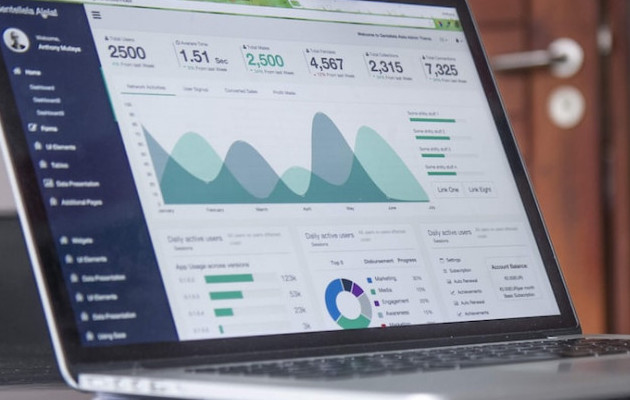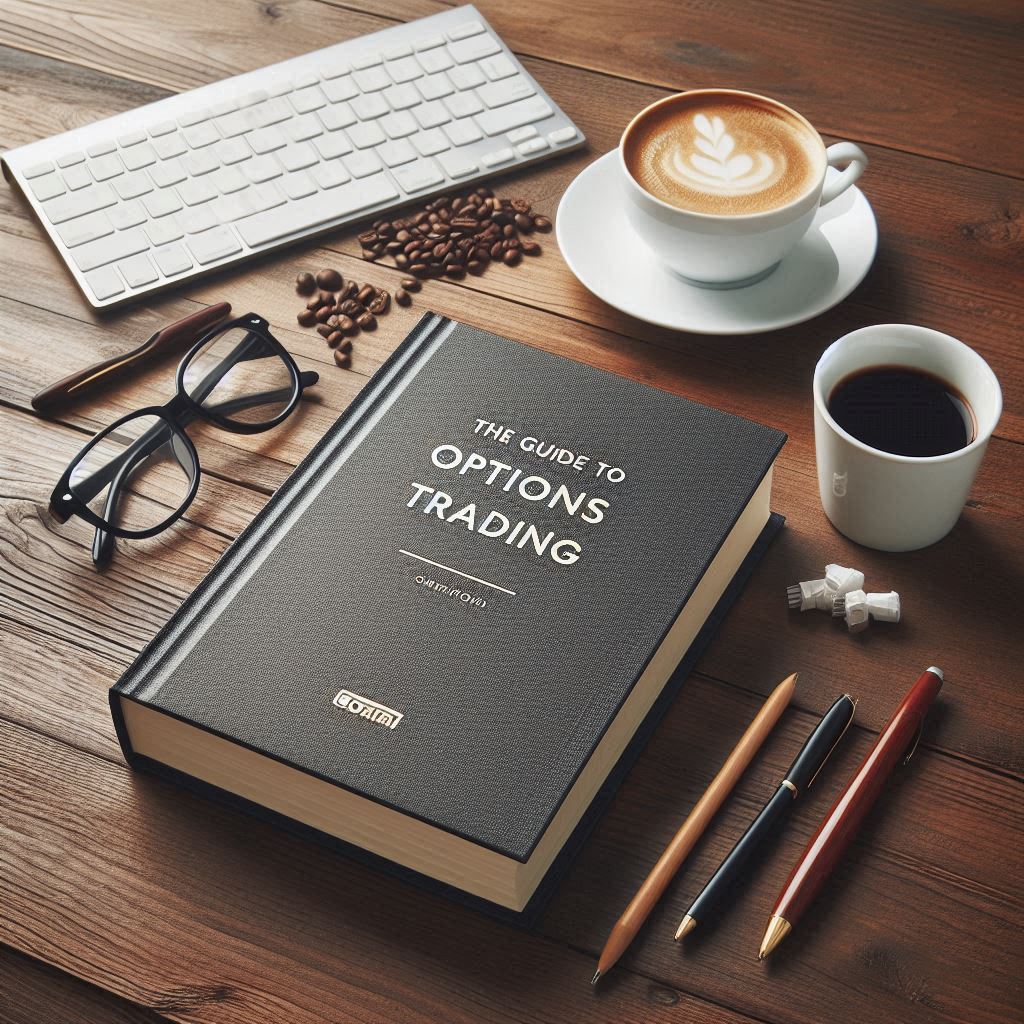In this Back to Basics post I am going to give a brief overview of options contracts, puts and calls, why we use them, and a brief discussion of options pricing.
What is an Options contract?
Options contracts are agreements between two parties to facilitate a potential transaction involving an asset at a specific price and date.
Call options can be purchased as a leveraged bet on the appreciation of an asset, while put options are purchased to profit from price declines.
When you buy a call or put option contract, you have the right, but not the obligation to buy one hundred shares of the underlying security on or before the expiration date at the strike price
When you sell a call or put option contract you are obligated to buy one hundred shares of the underlying if assigned.
Puts and Calls
Puts and Calls are the two most important building blocks for all options strategies. Click here for a more in-depth discussion of core strategies.
Simply stated, a “call” gives the buyer (owner) of the option contract the right to BUY the underlying security at the strike price on or before the expiration date of the contract.
A “put” on the other hand gives the buyer of the contract the right to SELL the underlying at the strike price on or before the expiration. In both of these situations the buyer would pay a premium for this right. Another point to remember is that the buyer has the right, but not the obligation to buy or sell the underlying. This is a key point to remember and we will discuss it later, when we look at an example.
Both puts and calls can be bought as individual positions and/or combined with other calls and put to design strategies to take advantage of developing market conditions.
The underlying could be a stock you believe is undervalued and is due for a rise in price. You could also buy or sell options on ETF’s (Exchange traded fund). In addition, many traders have positions in an index such as the S&P 500 (SPY), the Dow Jones industrial Average (DIA), and the extremely popular index the QQQ.
Why do we use Options?
We understand stocks as long-term investments that can be bullish and bearish. but where do options come into play?
Why do we trade options? We use options because they aren’t just directional like stocks. They’re more flexible and allow more advanced strategies that play on probabilities. Also, they’re cheaper than stock, so your trades can make a bigger impact for the same usage of capital.
Overall, the biggest difference is that you can set the price and the time period of your trade. Instead of just taking a 50/50 bet on a stock, Options allow you to set a price where you are willing to either buy or sell the underlying and be able to do that wih much less capital than you would need to put up to buy the stock outright. By doing this your use of capital is much more efficient.
Let’s say you are bullish on XYZ stock, but you would like to buy the stock at a lower price.
By selling a put option at a strike price lower than the current price of XYZ stock we are still taking a bullish stance (short puts are a bullish strategy. By selling the put at a strike price below the current stock price, we are giving the buyer of the contract the right to sell shares to us at that lower strike price, the price we wanted to buy the stock, when we put on the trade. When you enter a short put trade, you receive a credit for taking the risk. If you are assigned the underlying stock, the credit we received will further reduce the cost basis of the shares we will be obligated to receive.
Option Pricing
The price of an option is made up of intrinsic and extrinsic value. Intrinsic value is the amount by which the option is in the money. This represents “real value” It represents the difference between the stock price and the strike price. Extrinsic value is the time and volatility component of the options premium. Options premium = Intrinsic value minus extrinsic value.
Final Thoughts
I hope this brief discussion has been of value to you and would be happy to answer any questions you might have about these topics.







